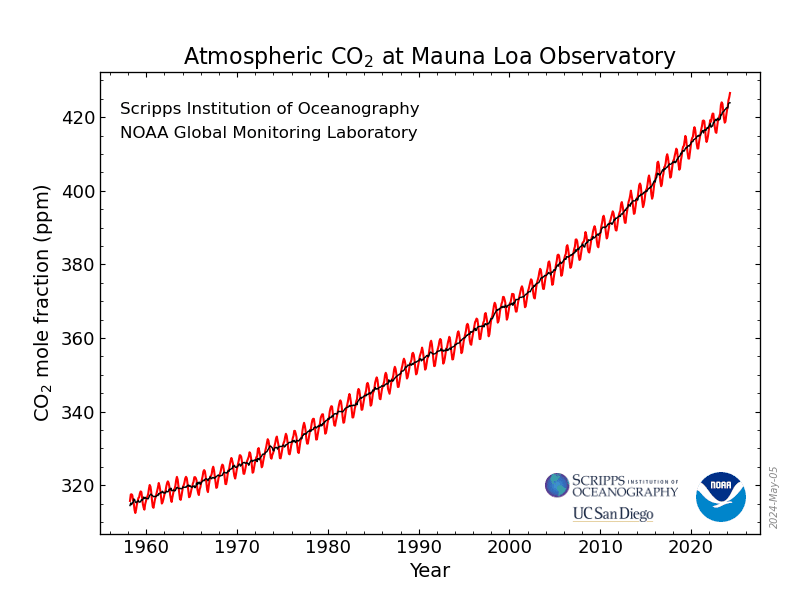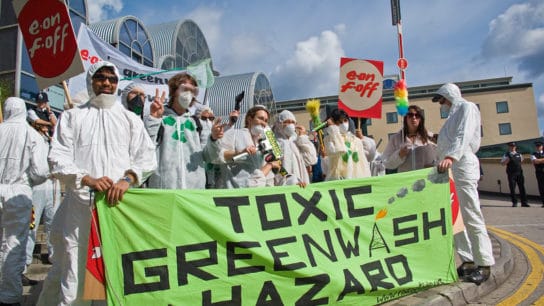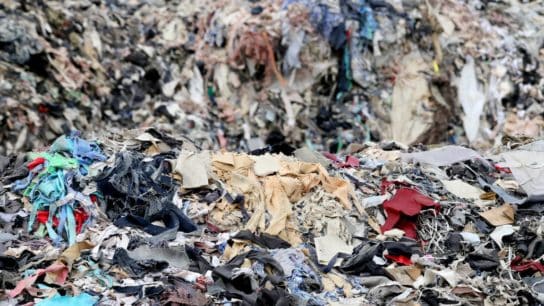In 2021, exposure to air pollution led to 8.1 million deaths globally, including more than 700,000 deaths in children under five years, the latest State of Global Air Report has found.
—
Air pollution is one of the leading causes of death worldwide, affecting almost every part of the world, according to a new report.
Released Tuesday by independent US-based non-profit research organization Health Effects institute (HEI) in partnership with UNICEF, the fifth edition of the State of Global Air (SoGA) report provides a comprehensive analysis of air quality and health impacts in 2021 worldwide. It found that approximately 8.1 million deaths globally that year were linked to air pollution, making it the second leading risk factor for death, after high blood pressure and before tobacco.
Of all deaths, 709,000 were children under the age of five – representing 15% of all global deaths for this age group and making it the second-leading risk factor for death globally for this age group, after malnutrition, despite a 35% decrease in mortality since 2010.
More than 70% of these deaths were linked to household air pollution, which is caused by the burning of unclean fuels and solid fuel stoves that release dangerous pollutants. Indoor air pollution – which is responsible for almost 4 million premature deaths annually – is directly linked to inequality and poverty, with roughly three billion people relying on unclean sources of fuels living in some of the poorest nations in the world such as Africa, Latin American and Asian countries.
According to the World Health Organization (WHO), less than 1% of global land area has safe air pollution levels. The WHO updated its air quality guidelines in 2021, setting the 24-hour PM2.5 safe limit at 15 μg/m3 and the annual threshold at 5 μg/m3. PM2.5 is the most commonly used unit in air quality measurements; it refers to an atmospheric particulate matter that has a diameter of less than 2.5 micrometers (or about 3% of the diameter of a human hair) and is said to pose the greatest risk to human health.
| Pollutant | 2021 AQGs |
| Fine particulate matter, µg/m3 | Annual: 5 24-hour: 15 |
| Ozone, µg/m3 | 8-hour: 100 |
| Nitrogen dioxide, µg/m3 | Annual: 25 24-hour: 40 |
According to the report, 48% of air pollution-related deaths were linked to chronic obstructive pulmonary diseases, 30% to lower respiratory infections, and 28% to ischemic hearth diseases, with countries in South Asia an Africa facing the highest burden of disease. In fact, the study found that people in low- and middle-income countries are exposed to 1.3-4 times higher levels of ambient PM2.5.
Aside from causing millions of premature deaths and illnesses, there is growing evidence among the scientific community that air pollution can have detrimental impacts on other aspects of human health and well-being – such as on cognitive functions. Several studies have found that polluted air often impedes or lowers the cognitive ability of those frequently exposed to it.
More on the topic: Air Pollution in South Asia Cuts Life Expectancy By 5 Years on Average: Report
Its environmental effects are also vast and worrying. They range from acid rain – which is extremely harmful to the soil and plants – to birth defects, reproductive failure, and diseases among wildlife animals. Highly polluted rain can also compromise agriculture, as it makes crops more vulnerable to diseases from increased UV radiation caused by ozone depletion.
Among the biggest contributors of air pollution are fossil fuels, by far the largest contributor to global climate change, accounting for over 75% of global greenhouse gas emissions and nearly 90% of all carbon dioxide (CO2) emissions. Global demand for oil, natural gas, and coal continues to increase despite calls to end our dependence on these energy sources in order to meet net-zero emissions targets. In 2023, global carbon dioxide (CO2) emissions reached a historic high of 37.4 billion tonnes, with emissions from coal accounting for more than 65% of the increase, according to a new analysis.

Another driver of air pollution is ozone, a toxic gas that turns into smog – an extremely harmful form of air pollution – when it reaches too close to the ground, significantly reducing visibility. Extreme climate events like dust storms as well as changing weather conditions are also responsible for poisoning the atmosphere. For example, high air pressure and heatwaves can create stagnant air where pollutants usually concentrate in large quantities. Extreme heatwaves also increase the risks of large-scale wildfires, notorious for releasing more carbon emissions, smog, and pollutants into the air.
Featured image: Raunaq Chopra/Climate Visuals Countdown
How can I contribute to a more sustainable planet?
- 🗳️ Vote for Climate Action: Exercise your democratic rights by supporting candidates and policies that prioritize climate change mitigation and environmental protection. Stay informed with Earth.Org’s election coverage.
- 👣 Reduce Your Carbon Footprint: Make conscious choices to reduce your carbon footprint. Opt for renewable energy sources, conserve energy at home, use public transportation or carpool, and embrace sustainable practices like recycling and composting.
- 💰 Support Environmental Organizations: Join forces with organizations like Earth.Org and its NGO partners, dedicated to educating the public on environmental issues and solutions, supporting conservation efforts, holding those responsible accountable, and advocating for effective environmental solutions. Your support can amplify their efforts and drive positive change.
- 🌱 Embrace Sustainable Habits: Make sustainable choices in your everyday life. Reduce single-use plastics, choose eco-friendly products, prioritize a plant-based diet and reduce meat consumption, and opt for sustainable fashion and transportation. Small changes can have a big impact.
- 💬 Be Vocal, Engage and Educate Others: Spread awareness about the climate crisis and the importance of environmental stewardship. Engage in conversations, share information, and inspire others to take action. Together, we can create a global movement for a sustainable future.
- 🪧 Stand with Climate Activists: Show your support for activists on the frontlines of climate action. Attend peaceful protests, rallies, and marches, or join online campaigns to raise awareness and demand policy changes. By amplifying their voices, you contribute to building a stronger movement for climate justice and a sustainable future.
For more actionable steps, visit our ‘What Can I do?‘ page.
This story is funded by readers like you
Our non-profit newsroom provides climate coverage free of charge and advertising. Your one-off or monthly donations play a crucial role in supporting our operations, expanding our reach, and maintaining our editorial independence.
About EO | Mission Statement | Impact & Reach | Write for us














